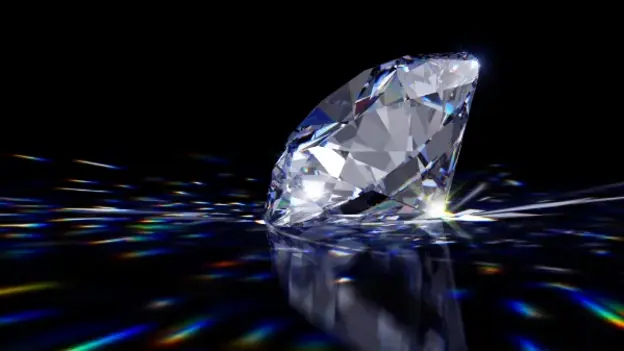Alumni Project
Are Diamonds Really Qubits Best Friends?
Laboratory Study
Quantum computing is one of the most important key technologies for the 21st century and is believed to be able to solve computational problems substantially faster than any classical super computer existing on Earth. For example, researchers would like to use that performance power of quantum computers to simulate the interactions of molecules or their possible energetic states, which could lead to breakthroughs in the medical drug development. Applications from the field of artificial intelligence and the processing of big data could also make a huge leap forward with quantum computers. Diseases or the weather could be predicted in the long term.
By 2020, a quantum processor has only been realised on a small-scale laboratory level by using between 50 and 70 qubits. A qubit is the quantum equivalent of the ‘bit” in a classic computer, where two bits can only represent one number at a time. In a quantum computer, on the other hand, a qubit can assume an infinite number of different states at the same time. The quantum computer is therefore significantly faster. One of the very serious challenges for this growing technology is the ability to store and manipulate qubits in crystal systems of different materials.
Many technologies have been suggested to accomplish this task, but one of the most promising are the room-temperature (RT) qubits. RT qubits, as the name suggests, can be stored and manipulated at room temperature, unlike other alternative technologies, which require high technological support to create the special atmospheric conditions required for their qubits to function.
The most famous implementation for the RT qubits appears in the negatively charged nitrogen vacancy (NV-1) in diamond crystal systems. Although the (NV-1) in diamond has shown great success in terms of functionality, it has shortcomings when it comes to highly expensive large-scale industrial manufacturing with these qubit configurations. For that reason, it was necessary to find alternative materials that pursue the same functionality as diamond, but are more compatible with present manufacturing technologies.
In this research project AGYA alumni Kalman Graffi (Honda Research Institute Europe GmbH) and AGYA member Nageh Allam (American University in Cairo) investigated Zinc-based crystals (Zinc Oxides and Zinc Sulphides), which have been closely studied with the NV-1 center in diamond systems, in order to find out whether they can successfully be used as RT qubits. The choice for the (NV-1) center was obviously because of its familiarity and its success with other types of hosts like diamond and silicon carbide.
This project also included and connected young talented research assistants from research institutions in Germany and Egypt. Similar experiments on the energetic states and properties on the quantum level of new materials have been also realised in the framework of other AGYA projects (see also).
- Disciplines Involved
- Computer Sciences, Physics, Material Sciences
- Venue
- University of Düsseldorf, Germany
- American University in Cairo, Egypt
- Project Title
- Are Diamonds Really Qubits Best Friends?
- Year
- 2020
- Funding Scheme
- Alumni Project
- Countries Involved
- Egypt, Germany


